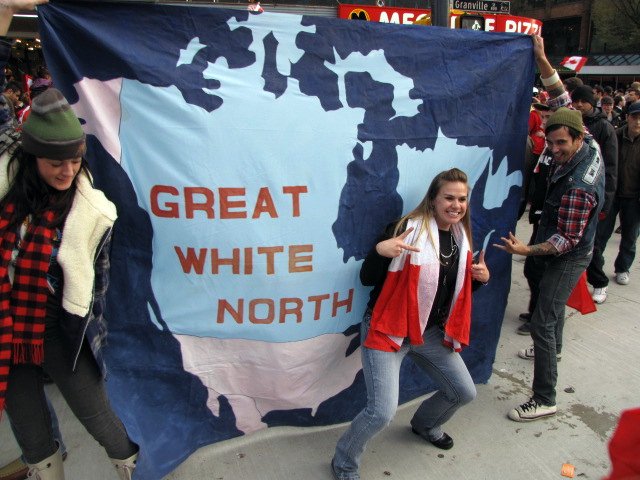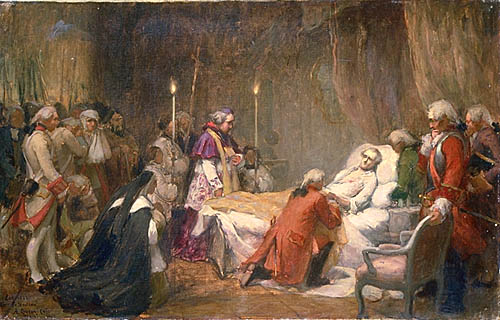comment on these primary sources by women during ww2
Category: Uncategorized
Week 6 T2 Wall
In 1919 social class united people in a struggle against the state. What identity today do you think would unify Canadians for change?
Week 4 T2 Wall
Contemporary Canada has been deeply affected by the War on Drugs. Yet drugs and drug law enforcement are not new. How do nation and identity factor into early 20th century Canadian attitudes towards drug usage and law enforcement?
Week 1 T2 Wall
Watch “Canadian, Please.” And “I am Canadian,” (Molson Beer Ad).
What do these shorts (collectively watched by 6 million) say about Canadian identity in the 21st century? What’s being sold and who’s buying?
Week 1 Wall

What is Canada?
To give us all an idea of our preconceptions coming into the course, write your blog entry on what you think Canada is and what the storyline(s) of Canadian history are; i.e. “Canada is ….” And “Canadian history is about ….” – you fill in the blanks!
Week 2 Wall
Week 6 Wall
Is economic behaviour universal? Do all people pursue their material self-interest all the time? Put another way, can you think of situations where a “backward sloping supply curve” would explain your behaviour?
Week 4 Wall
Week 7 Wall
What factors shaped the limits of accommodation in British North America in the early 1800s?


